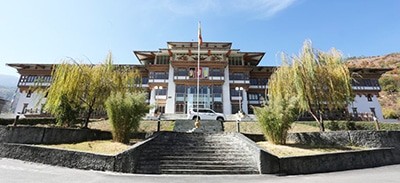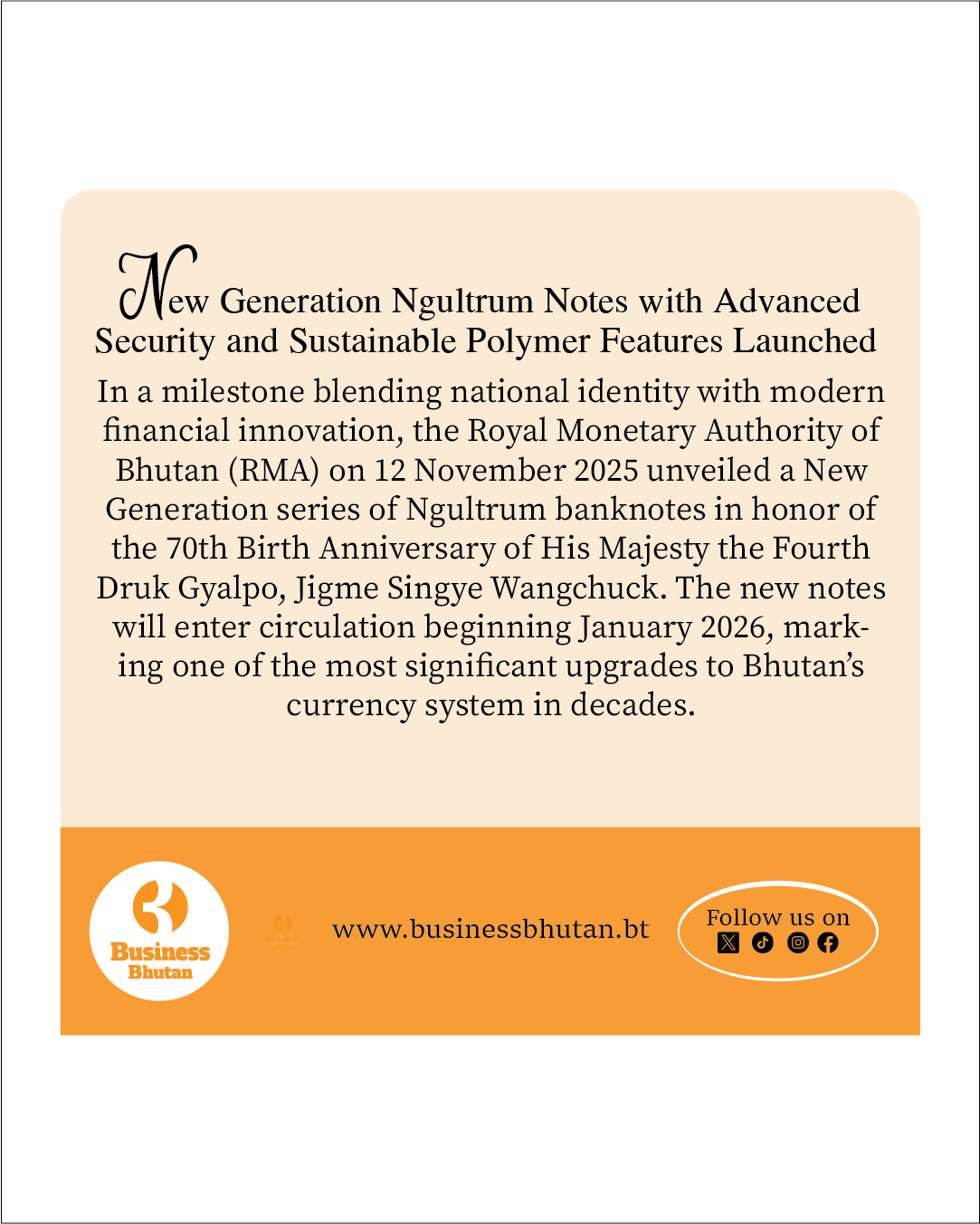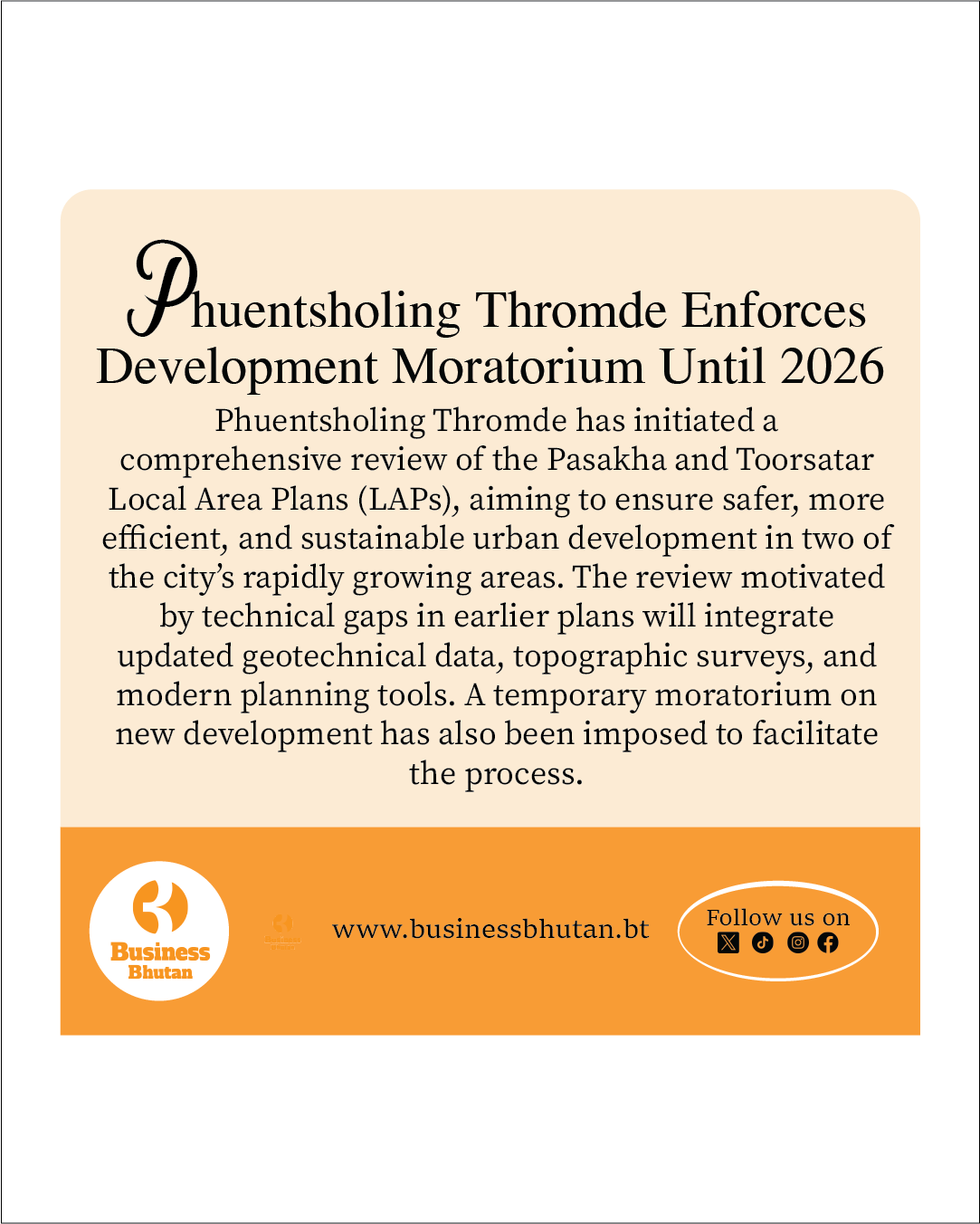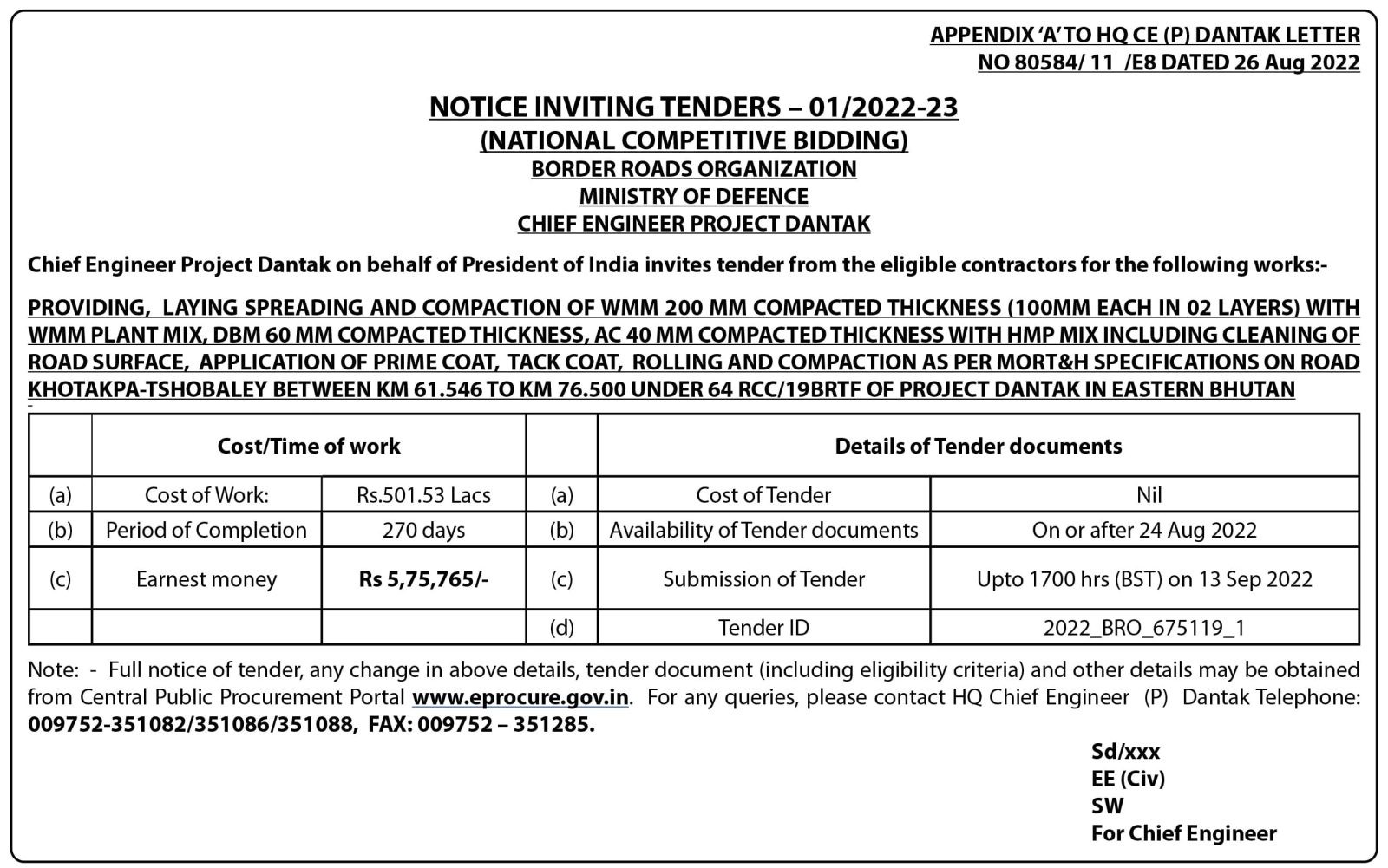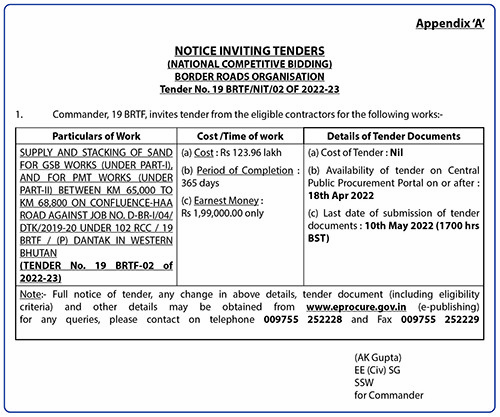The road to modern healthcare in Bhutan began in 1961 with two hospitals, two doctors, and two nurses coinciding with the first five year plan. Since then, Bhutan has witnessed significant progress in the health and wellbeing of the citizens. As the country progressed, both in terms of economy and social markers, there has been a shift in the disease trend and medications too.
However, a major challenge faced by the Ministry of Health (MoH) is the shortage of human resources, especially medical doctors. The case is similar in the field of orthodontics, with over 3,000 patients waiting for treatment.
According to an Orthodontist, Dr. Choki, this overwhelming backlog has surfaced due to a combination of factors, including a critical shortage of orthodontists and the inherently prolonged nature of orthodontic treatments.
Dr. Choki shared that for the orthodontic treatment, they need orthodontists and dentists cannot do it. “We simply do not have enough orthodontists. While general dentists play a crucial role in oral health, orthodontic treatment demands specific expertise that only trained orthodontists can provide,” she explained.
Currently, there are only four serving orthodontists in the country making it high patient-to-orthodontists ratio.
On the other hand, Dr. Choki shared that the backlog in the orthodontic treatment is also due to the prolonged nature of treatment. “Treatments typically take two to three years for each patient and it is normal in every country unless there are many private clinics to address the issue.”
In an effort to address the issue, they are offering services during the off-hours. By extending clinic hours, they aim to increase patient turnover and reduce waiting times. “Opening services during off-hours is one strategy we’ve adopted,” said Dr. Choki.
“Another potential solution under consideration is increasing the number of dentists pursuing orthodontic specialization. However, even with the above approach, the backlog will persist. It can just help to decrease the waiting time,” she added.
Metal braces remain the standard option provided by orthodontists, as most patients do not express specific preferences regarding the treatment. Most patients seeking dental braces are school-going children.
Dr. Choki said that orthodontic treatment is usually not an emergency condition, but it is primarily for aesthetic purposes. “However, if there are certain cases where it is important to intervene quicker, we give those cases priority.”
Despite the long waiting period, there is no significant impact on the overall dental health and well-being of individuals. The delay in orthodontic treatment does not equate to a deterioration of dental health, according to doctors.
Meanwhile, the cost for orthodontic treatment in the country is priced at Nu 30,000. This fee covers the entire course of treatment, which, given its duration, represents a substantial investment. There are also options for those who prefer to seek service across the borders.
By Nidup Lhamo, Thimphu



